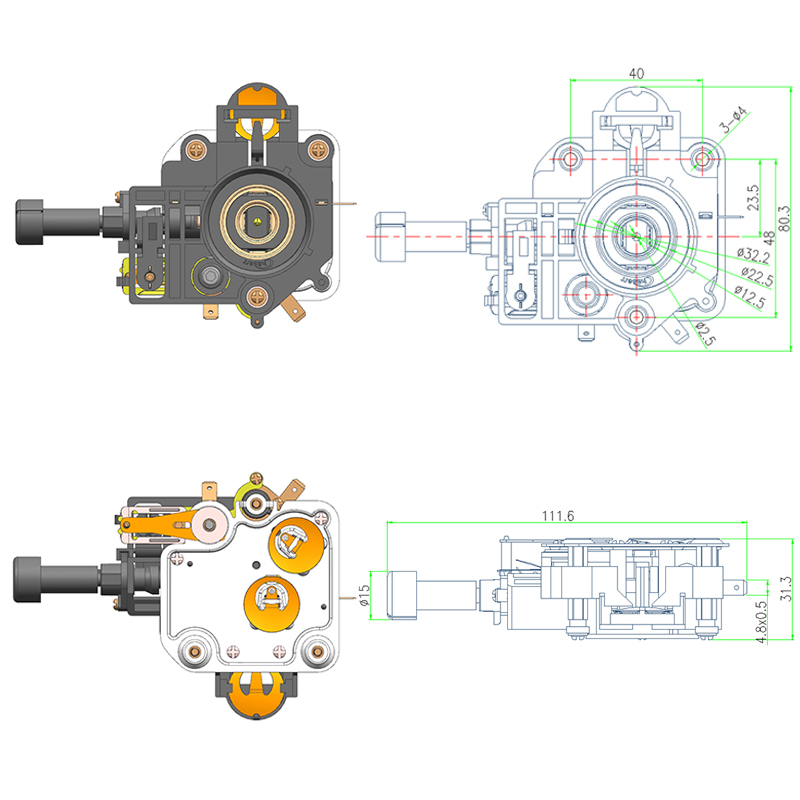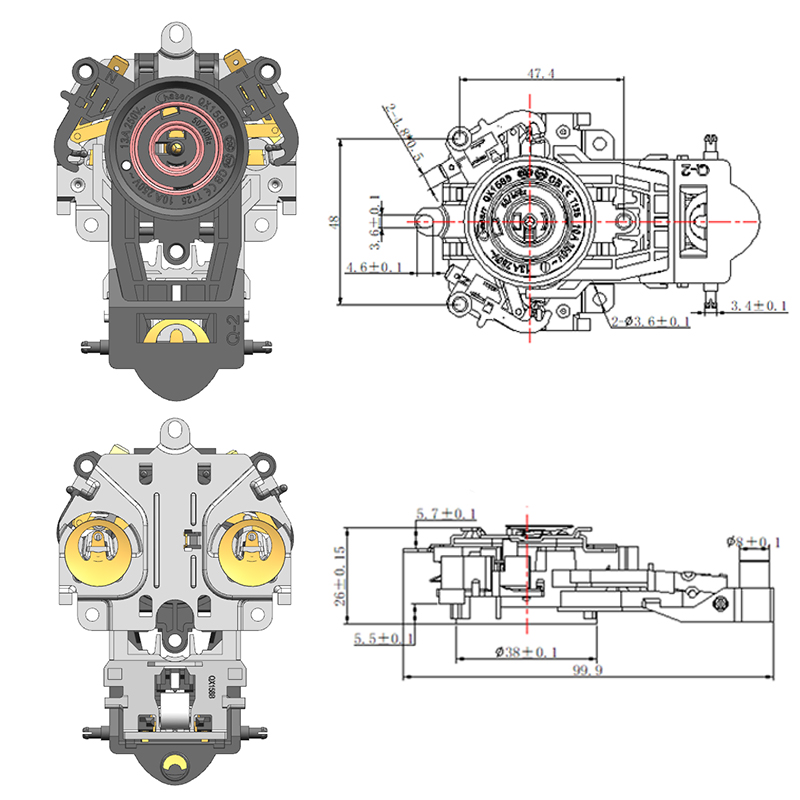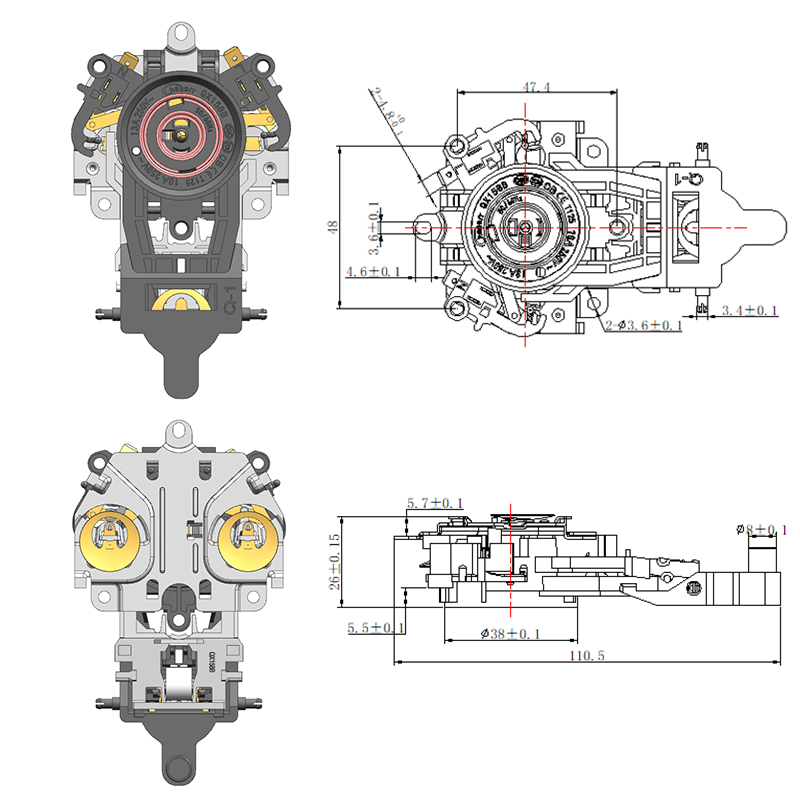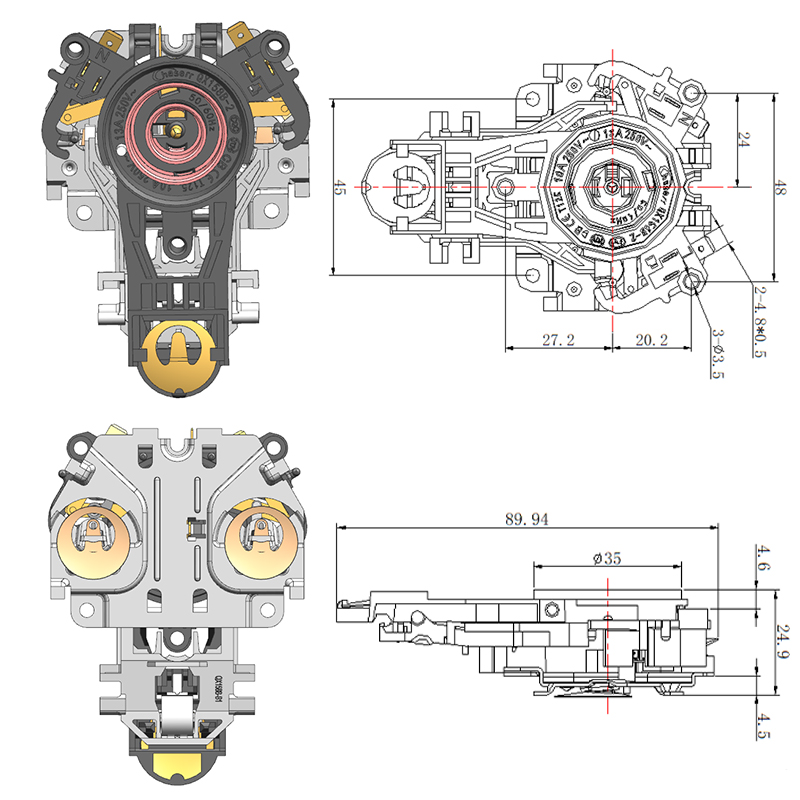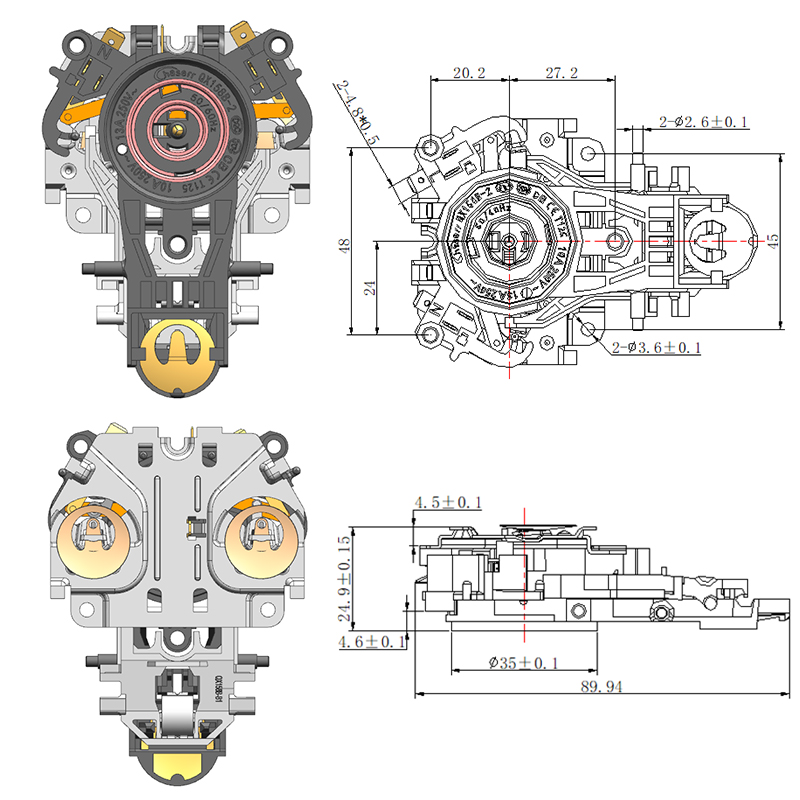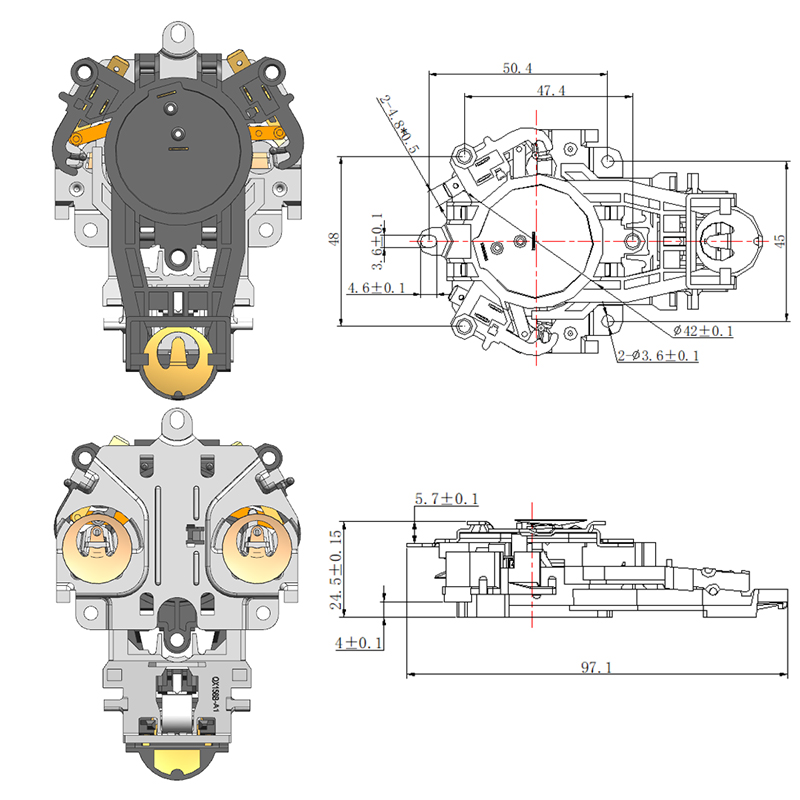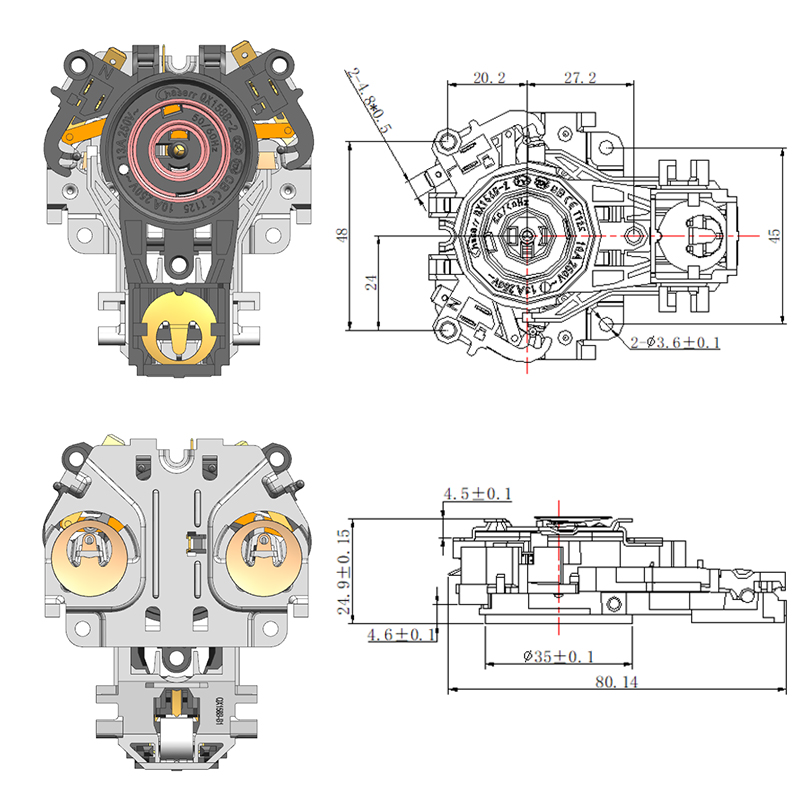How Thermostat Power Switches Improve Energy Consumption in Smart Home Systems
Introduction to Smart Home Energy Efficiency
Energy consumption in smart homes is a major consideration for homeowners seeking both convenience and sustainability. With the growing integration of automated systems, managing power usage more intelligently has become essential. One effective solution lies in the deployment of advanced Thermostat Power Switch technology, which enhances the regulation of heating and cooling systems. These switches play a pivotal role in ensuring that energy is used only when needed, reducing waste and optimizing household performance.
The Functionality of Thermostat Power Switches
A Thermostat Power Switch acts as a control mechanism that turns the heating or cooling devices on or off based on temperature signals. Unlike traditional thermostats, which may operate on a continuous cycle regardless of occupancy or real-time need, modern switches are far more responsive. They are designed to work in harmony with programmable systems, sensors, or even mobile apps to activate HVAC systems only when required. This targeted operation reduces the runtime of heating and cooling devices, causing significant energy savings.
Smart Integration and Automation Benefits
One of the key enhancements in smart home systems is the use of the Smart Temperature Switch. This advanced variant of the thermostat switch can process data from multiple inputs, such as motion detectors, outdoor climate conditions, or user preferences. When integrated into a larger smart home ecosystem, the smart switch can anticipate behavior, adjust settings proactively, and even learn user routines.
For example, if no motion is detected in a room, the Smart Temperature Switch can automatically signal the Thermostat Power Switch to turn off the air conditioning or heater in that zone. This level of automation prevents energy waste in unoccupied areas while still maintaining comfort where it's needed.
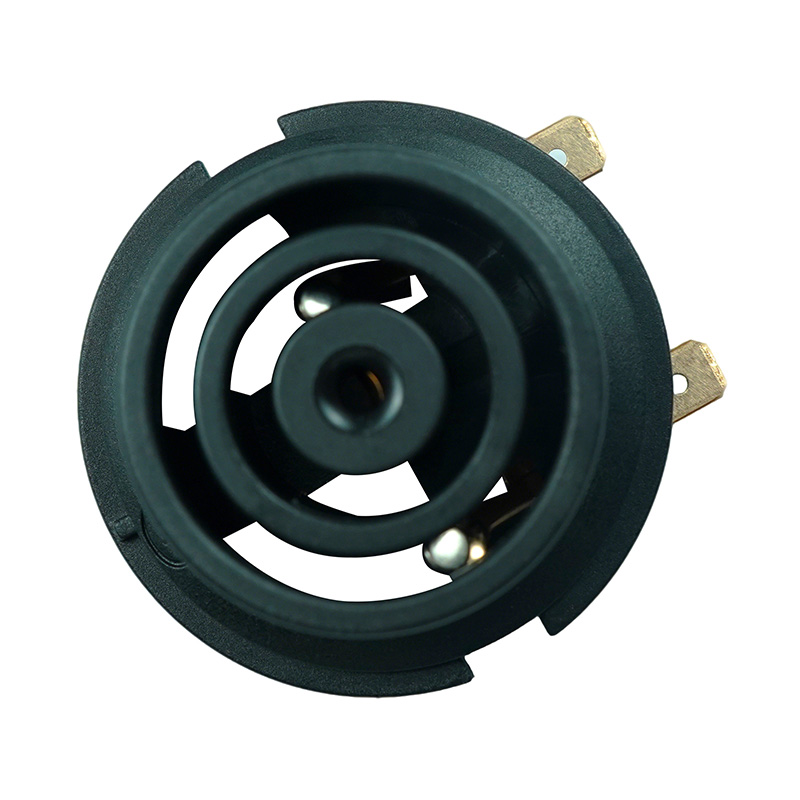
Role of Snap Switch Thermostat in Fast Response Systems
In situations where rapid response is critical, such as preventing overheating or maintaining precise room temperatures, the Snap Switch Thermostat proves to be particularly useful. It operates using a bimetallic element that snaps to open or close an electrical circuit once a defined temperature threshold is reached. The advantage of this mechanism lies in its speed and mechanical reliability, which is essential in devices that require immediate action to regulate temperature.
Used alongside smart systems, a Snap Switch Thermostat can provide a secondary safety measure, backing up the digital control with mechanical reliability. This hybrid approach ensures efficiency without compromising safety or performance.
Energy and Cost Savings Over Time
By combining intelligent control with fast-response technology, smart home systems that incorporate these advanced switches achieve good energy efficiency. Households using Thermostat Power Switches report lower utility bills due to optimized device operation and reduced unnecessary heating or cooling. The ability to fine-tune temperature control based on time, usage, or environmental feedback directly translates into lower energy usage and reduced strain on HVAC equipment.
Additionally, maintenance costs are minimized because the systems operate more smoothly, with fewer on/off cycles and reduced wear on mechanical parts. This contributes to longer equipment life and better overall home system health.
Conclusion
The integration of components such as the Snap Switch Thermostat, Smart Temperature Switch, and Thermostat Power Switch into smart home systems brings clear benefits in terms of energy conservation, automation, and cost efficiency. These technologies enable precise and intelligent control over environmental conditions, ensuring energy is used only when and where it's needed. As smart homes continue to evolve, such solutions will remain key to achieving both comfort and sustainability goals.

 English
English  中文简体
中文简体  Español
Español 
